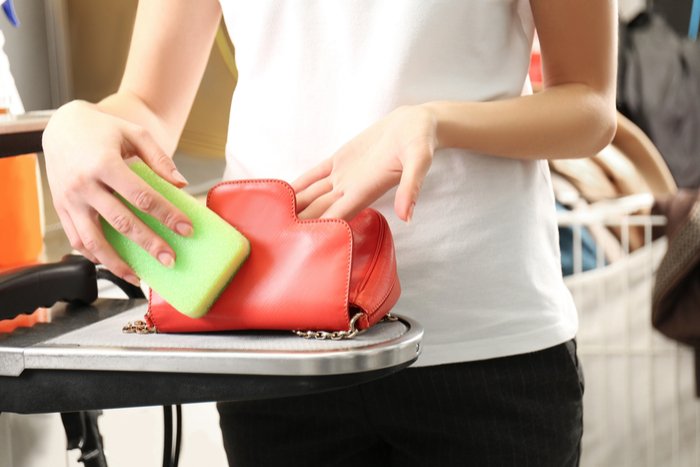All About Leather
How to Get Scuffs Out of Leather
Leather is one of the most durable materials around but it can also be quite delicate. This is especially true when leather material gets scratched. Unfortunately, getting the problem fixed by a professional company can cost a small fortune. Luckily, there are a few reliable home remedies that you can use to repair your leather items. We recommend that you try these remedies on a small area first to see how they affect the leather material. So without further ado, lets cover how to get scuffs out of leather.
(RELEVANT: How to Remove Scratches From Leather)
Handling Little Scuffs
For light scuffs, you can use something simple such as a leather conditioner or oil. Start by applying a tiny amount of leather oil to the affected area and rub it using soft circular motions to avoid widening the scuff.
Allow the oil to dry completely before you follow up with leather conditioner. This second step is aimed at maintaining a nice balance between the oil and wax levels in the leather. Vaseline works really well for light scuffs so you won’t have to spring for an expensive conditioner. All you have to do is rub a tiny amount of it onto the scuff using a dry cloth and once treatment is done, use the same dry cloth to get rid of any extra oil or conditioner that’s left behind.
Handling Deep Scuffs
Deeper scuffs require dedicated leather cleaners, which you can purchase from an online retailer or local store. Follow the same process outlined above but substitute the oil and conditioner for a leather cleaner.
Then, gently dab the affected area until it starts to look normal again. If you’re still able to notice the scratch after this step, try rubbing some olive oil onto it before you apply a colorless shoe polish to blend the material together.
How to Use Leather Glue on Little Scuffs
Leather glue should be your last resort when dealing with scuffs on a leather material, but it’s usually the most effective.
Here’s how it works:
-
Use a Leather Cleaner to Clean the Area
Start by applying some leather cleaner onto the affected area before you apply the glue as per the provided instructions. This should immediately remove any oil or dirt residue from the leather material so that the glue can blend seamlessly onto it and make it easier to apply the repair and recolor products.
-
Lift Scuffed Fibers with the Help of a Sharp Tool
Get a spatula and run it softly against the grain of the affected area. This will help to lift away the scuffed fibers so that you can apply glue underneath the fibers.
-
Apply Leather Glue
Dribble a bit of leather glue right on a spatula or another suitable tool and then pull it against the grain of the affected area in order to apply the glue appropriately. For the best results, you should apply the glue using short and even strokes.
-
Remove Air Bubbles
Now you’ll have to flatten the area in order to get rid of any air bubbles that may have formed. To do this, simply apply glue against the grain to get the scratched fibers back in their place. If there is any excess glue, massage it away gently with your finger.
-
Recolor the Damaged Area with a Leather Marker
Get a recoloring marker that matches the color of your leather material and apply it gradually. To blend the scuffed area with the rest of the leather material, feather the outer edges once you’ve recolored it. Note that this step is not necessary for light scuffs but if your material still looks undone after the leather glue step, then you should definitely apply a recoloring marker to blend everything in place.
How to Get Scuffs Out of Leather
As with anything, prevention is better than cure when it comes to dealing with leather scuffs. For example, using a protective spray can help to prevent dirt build-up while protecting the material from scuffs. You should also clean the material regularly to prevent small abrasions from getting worse.
If you’re someone that uses leather frequently, then these preventative measures can help you to prevent scuffing and prolong the product’s lifespan. Otherwise, getting rid of scuffs from leather is relatively easy even when using home remedies.
Hope you enjoyed the read. Join our family by subscribing to our newsletter and follow us on Instagram and Facebook.

